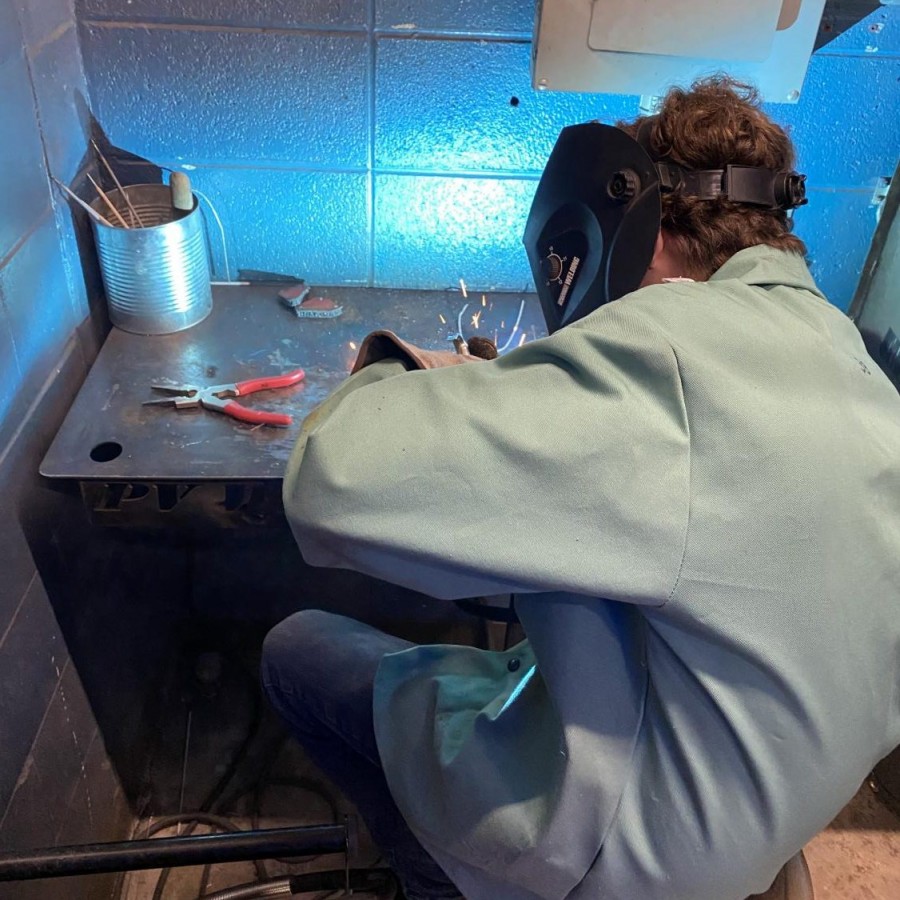There were approximately 570,000 welders in 1988, but only 357,400 in 2012. Despite efforts by schools to promote welding, the number is continuing to drop.
There are a large number of factors playing a role in the decline of welders. The disportionality between cost of living rates and inflation rates is one reason why fewer people are deciding to go into welding. The median annual salary of welding was $39,390 in 2016 and $42,912 in 2020. Meanwhile the price per square meter of an apartment in Chicago has risen from $3,267.14 to $5,086 in the same time frame..
The annual salary has proportionally increased with inflation, but the cost of living has increased nearly 20 times as fast as the inflation rate. Although all of these statistics vary with location and experience in the industry, they show the disconnect between welding pay and increased cost of living. Despite those statistics, welding is still a financially secure career field. What else is driving people away?
For many, including PV Industrial Technology teacher Brandon Tolle, the answer is a shift in the stigmas surrounding welders. “I think the big stereotype with welding and other trades is that they are ‘dirty’ jobs that you do if you don’t have the brain power to go to college,” Tolle stated. Although welders are an integral part of the United States labor force and item production, they are overshadowed by the stereotype that welding is a lower class job.
The recent glorification of college has also contributed to the devaluation of welding. “This isn’t a new phenomenon. I remember in 1991 when I was graduating high school, counselors and others touted that if you wanted to have a good life and ‘make it,’ you needed to go to a 4 year college,” Tolle recalled.
However, Tolle encourages people to rethink their views of welding. “So many people that haven’t been exposed to the trades growing up really have no idea what it all entails,” Tolle voiced. “I think if they had the exposure and understood the industry and potential it possesses for careers, they wouldn’t have a negative view.”
Despite the downwards shift in new welders, the future of welding is far from grim. “I think there has been a lot of change in thinking in recent years due to the shortage of welders and how processes have changed as well. It has become more mainstream that welding is not a negative career to go into,” Tolle said. This change in thinking has led to many PV students passing up on college and instead entering the trades.
PV alumni Nolan LaRue is an ironworker for Clausen Structures. He decided to ignore the negative stigmas and focus on the positive aspects of the career. “The union and apprenticeships pay into your pension, benefits, insurance, and other things. Fresh out of highschool, I started making $28 an hour,” LaRue claimed.
LaRue advocates for getting involved with the trades because they are less of a financial investment compared to college degrees. On top of that, the lack of available workers nearly guarantees a job straight out of the apprenticeship program.
Knowing the value of welders in the labor force, both Tolle and LaRue encourage people to reevaluate their opinions of welding.









